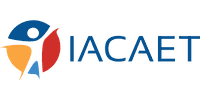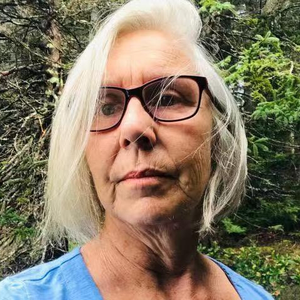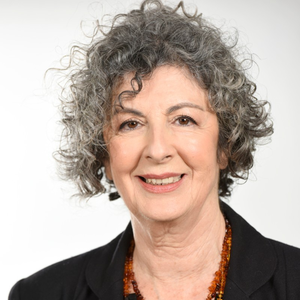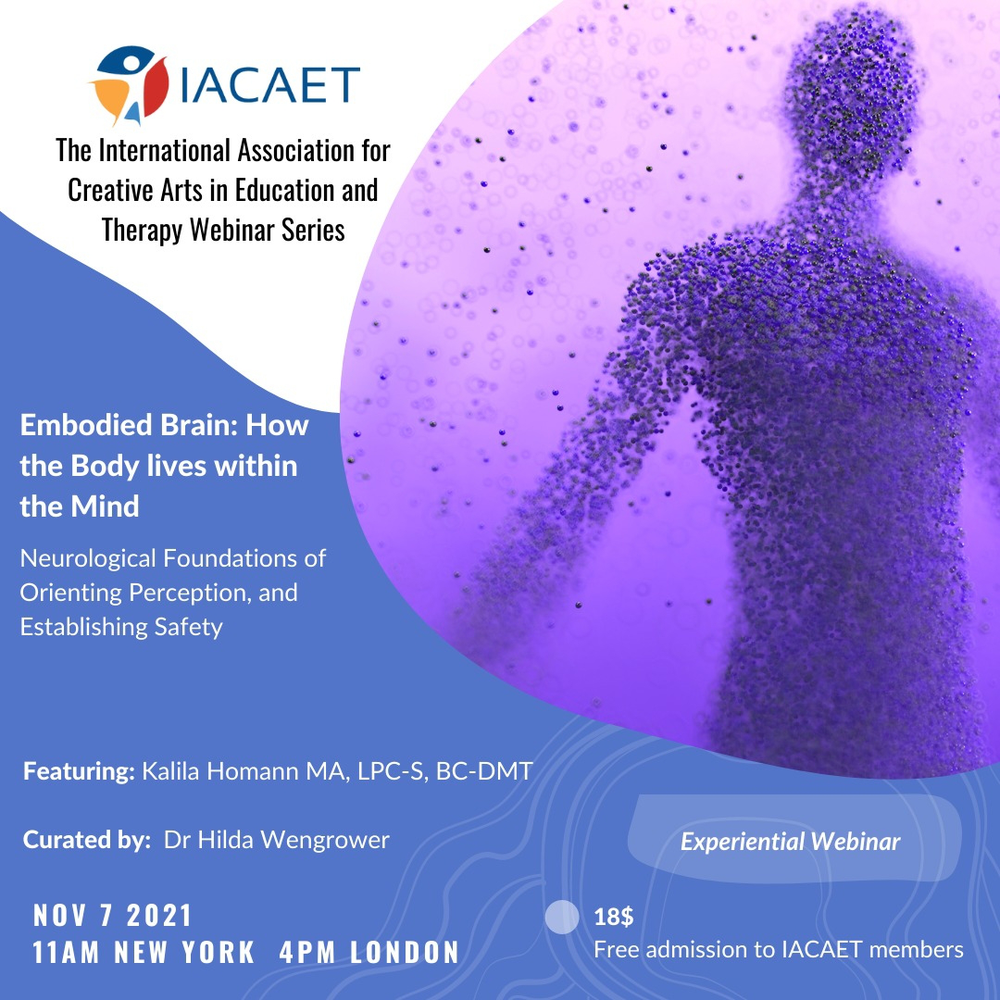Event Details
Presented by: IACAET; Supported by: Inspirees Institute, CAET journal
Time: Nov 7th, 2021, 11AM New York, 4PM London
This experiential webinar introduces the specific structures of the "body brain", and channels of information flow in the nervous system which organize perception of our interior bodies and the environment. It also explores the structural physiology of the flow of cerebrospinal fluid, the dura, arachnoid and pia mater, and their role in cleansing nourishing, protection and buoyancy for the brain. A visual presentation is accompanied by an experiential exploration of the concepts presented and metaphors they embody. Clinical applications to working with PTSD, Anxiety and attending to the clinical container from a physiological perspective are addressed in interactive discussion.
11:00 am Introductions
11:30-1:00 pm Prezi and Guided Experientials
1) Brain's Watery World – Cerebral Spinal Fluid (CSF) is the fluid that is created and circulates throughout the brain and the spine, supporting multiple functions including cleansing, nourishing, buoyancy, protection, and cooling.
2) Dura, Arachnoid, Pia Mater The brain's three "mothers" – layers of tissue surrounding the brain that create protection, nourishment, and cleansing systems.
3) The Structure of the Nervous System – Exploring Channels of Information flow: Central Nervous System (CNS)
Peripheral Nervous System (PNS- Proprioception)
Somatic Nervous System (SNS- Movement)
Autonomic Nervous System (ANS- sympathetic and parasympathetic branches) Enteric Nervous System (ENS- nervous system of the gut and organs)
4) The Body Brain – Introduction to the structures and functions of the "body brain", including the Cerebellum, Reticular Activating System, PAG, Tectum and Colliculus, and 12 Cranial Nerve (including the Vagus Nerve.)
5) Establishing internally supported sense of safety using gravity, breath, proprioception, and interoception.
1:00-1:30 pm Movement closure and sharing of learning discoveries from experiential.
1:30- 2:00 pm Clinical Applications - PTSD, Anxiety, and Creating a Healing Container.
Discussion: What is "relative" safe space? What is involved in building trust with individuals and groups? What brain structures are involved in perception of safety? Consider how dura, arachnoid, and pia mater layers of the brain, and CSF (cerebrospinal fluid) can serve as metaphors for establishing nourishment, protection and flow.
To prepare for this webinar:
1) Upon registration, you will receive the article - Homann , K. (2020). Dynamic Equilibrium: Engaging Neurophysiological Intelligences Through Dance/Movement Therapy. American Journal of Dance Therapy.
2) Wear comfortable clothes, bring writing or drawing materials, have space cleared for movement nearby.
Participants will be able to:
1) Describe the role of cerebrospinal fluid, and the pia, arachnoid, and dura maters in protecting, nourishing, and cleansing the brain tissue and in providing functional buoyancy.
2) Identify the channels of information flow via physiological pathways which link the brain and the body via the sensory, somatic, and enteric nervous systems.
3) Discuss clinical application of these concepts in working with PTSD, anxiety, and the principles of creating relative safety in the therapeutic container.




